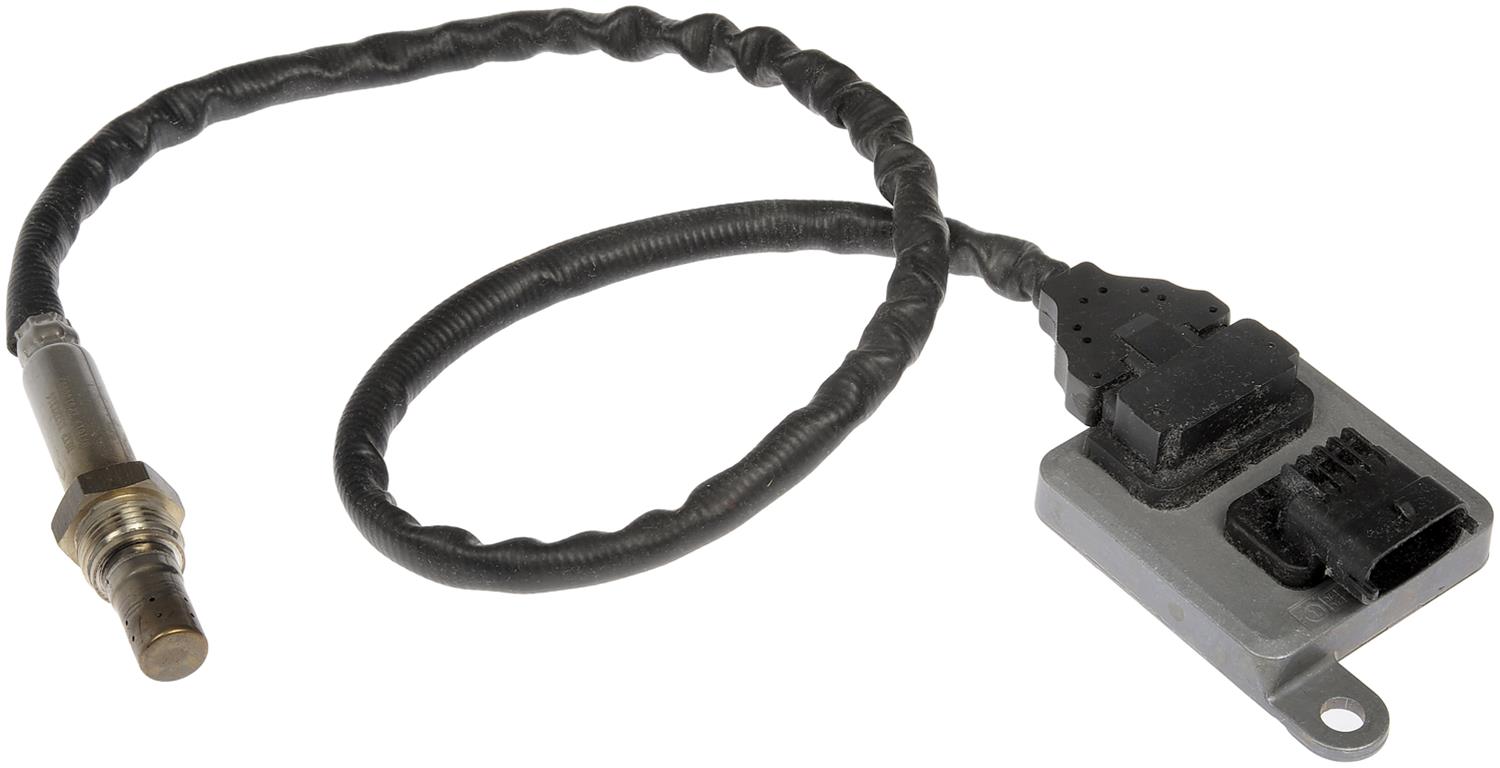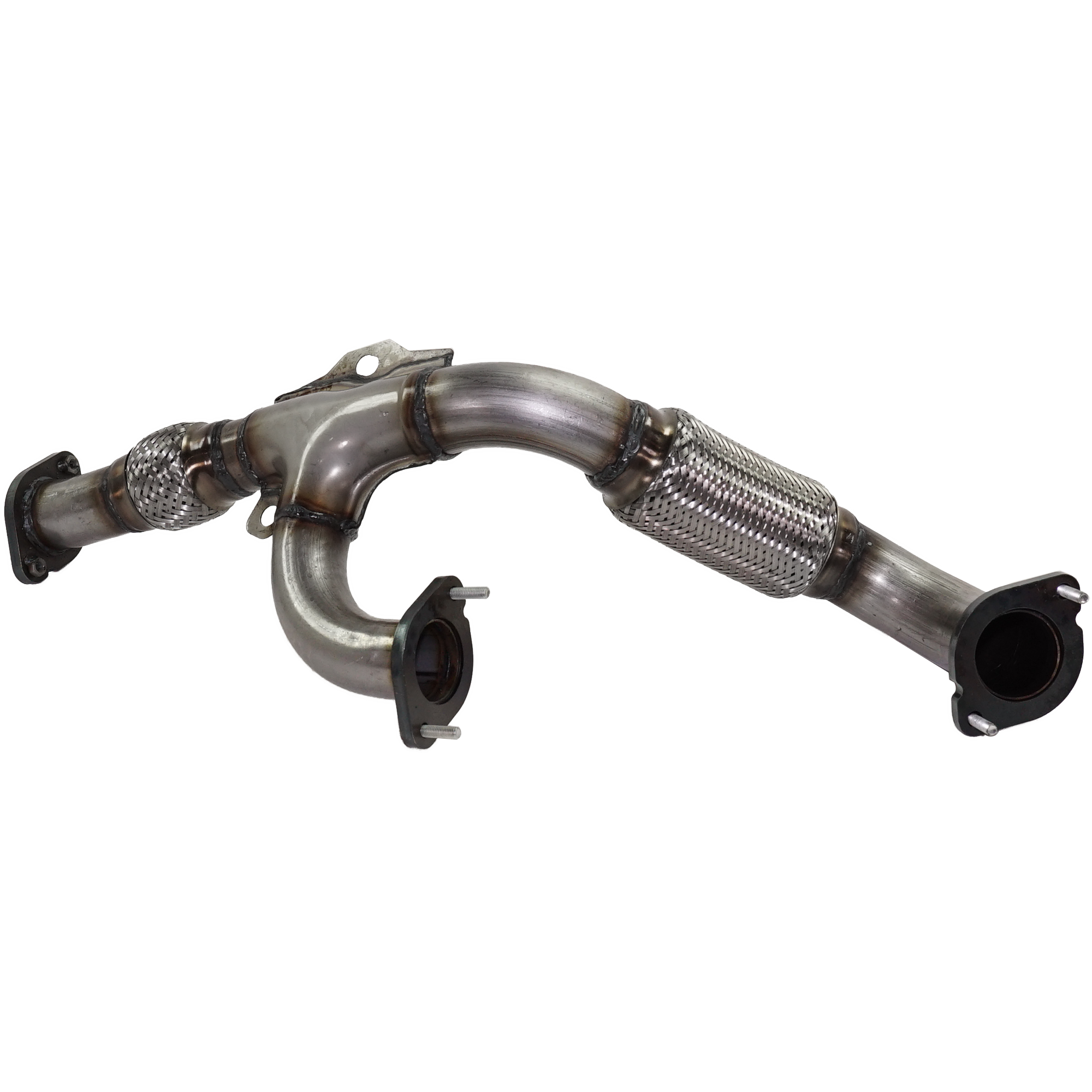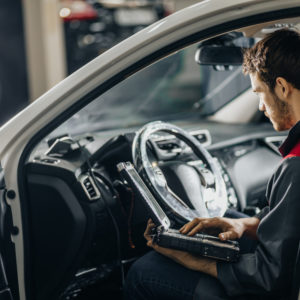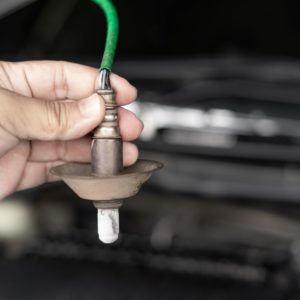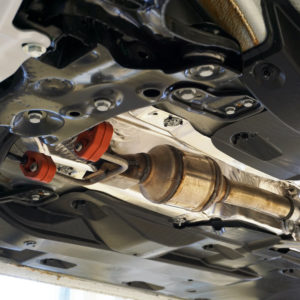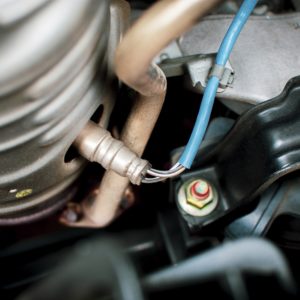If you think your vehicle is producing too much emissions, then using an OBD-II scanner is a great way to identify any issues it might have. If your scan tool logs a P2201 diagnostic trouble code (DTC), then this article will help you troubleshoot it.
What Does the P2201 Code Mean?
The P2201 code’s definition is “NOx sensor circuit range/performance (Bank 1).” It’s triggered when the powertrain control module (PCM) detects an issue with the nitrogen oxide sensors. The nitrogen oxide sensor measures the amount of nitrogen oxide expelled in the exhaust. It’s one of the sensors responsible for making sure that the engine is running efficiently and creating as little emissions as possible.
Diesel vehicles are equipped with an evaporative emissions control (EVAP) system that reduces the amount of hydrocarbons a vehicle expels. However, the PCM needs information from the nitrogen oxide sensor to allow the EVAP system to function properly.
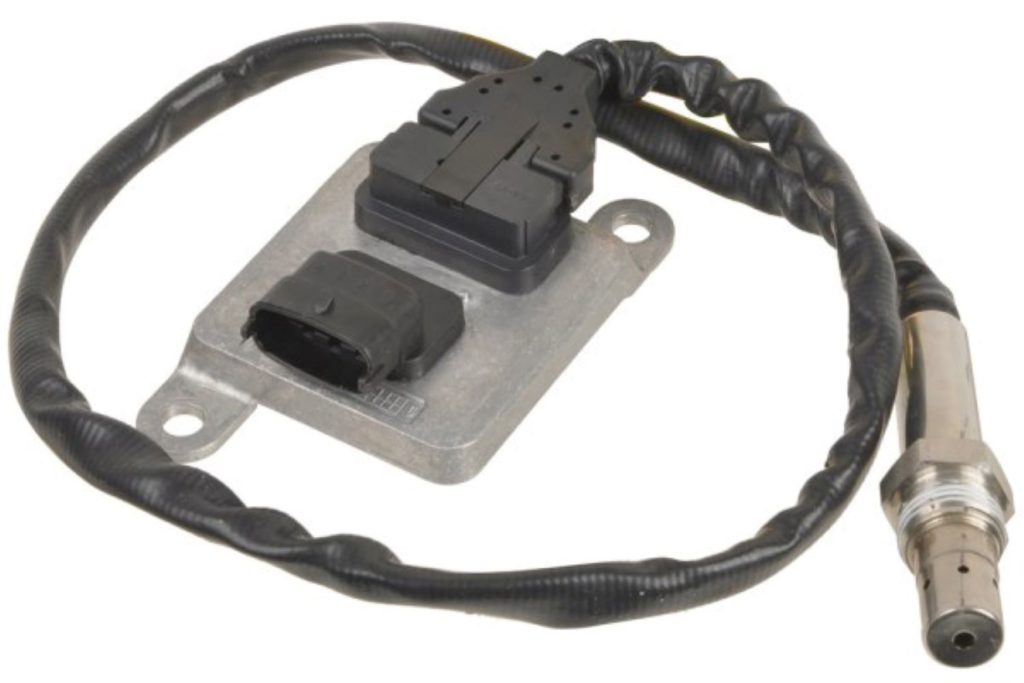
The P2201 code is set when the PCM detects an unusual signal coming from the nitrogen oxide sensor or circuit. Since diesel vehicles tend to make a lot of soot in the exhaust, the P2201 code might be caused by a nitrogen oxide sensor affected by soot buildup.

Note: The P2201 code can be different depending on the vehicle manufacturer. Consult the appropriate repair manual or repair database for the exact code definition.
What are the Possible Causes of the P2201 Code?
The P2201 can be caused by the following issues:
- Defective or damaged nitrogen oxide sensor
- Wiring or connector issues
- Faulty PCM issue
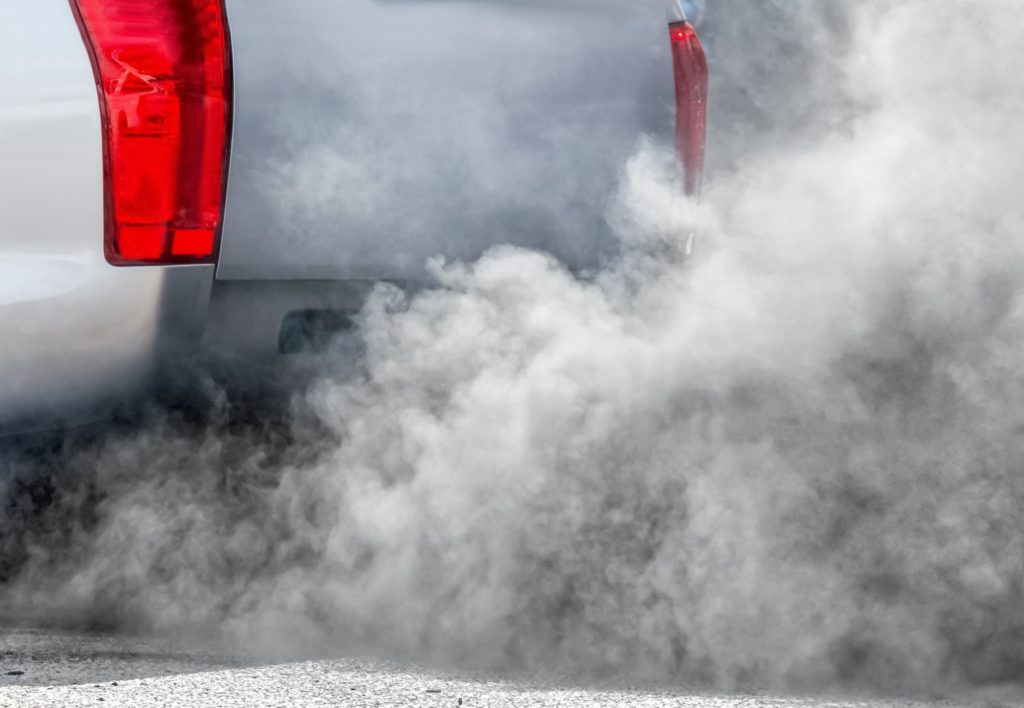
What are the Possible Symptoms of the P2201 Code?
Here are some of the P2201 code’s most common symptoms:
- Increased hydrocarbon emissions
- Excess smoke from the exhaust
- Inconsistent fuel economy
- Erratic idle
- Illuminated check engine light
How to Diagnose the P2201 Code
While the P2201 code is usually caused by a faulty or defective nitrogen oxide sensor, this isn’t always the case. You might need to visually inspect this sensor, which can be difficult since it’s located in your vehicle’s exhaust pipe. Accessing it might require special training or tools, depending on your vehicle model. You might want to consult a professional to get a proper diagnosis.
The video below might give you an idea of the diagnostic process:
How to Fix the P2201 Code
The first step for any repair process is a proper diagnosis. If you fail to accurately diagnose the issue, you might end up replacing or fixing a part that is functioning properly.
It can be tricky to fix an issue that’s triggering the P2201 because there are many possible causes. Once you’ve identified the cause of the trouble code, you can consult reliable online auto repair resources and how-to guides for possible fixes.
Since all vehicles are different, a fix for a DTC for one vehicle might not work for another. Internal components are designed differently for each vehicle model. This is why you should consult a repair manual or repair database when it comes to troubleshooting and repairing DTCs. Chilton repair manuals can also be useful. An ALLDATA DIY subscription might be better, as they provide detailed factory repair information for drivers who want to do the repairs themselves. If you aren’t experienced in automotive repair, it’s best to consult a mechanic, so that you can avoid problems and more expensive repairs down the line.
Where to Get a New Nitrous Oxide Sensor for Your Vehicle
If your vehicle’s nitrous oxide sensor develops a problem, it’s best not to drive it in the meantime. If you drive your car with a faulty NOx sensor, you might get more exhaust system issues. Instead of ignoring the problem, order a new nitrous oxide sensor from CarParts.com and enjoy the convenience of having it delivered to your doorstep.
At CarParts.com, you can get a new nitrous oxide sensor without leaving the comfort of your home. Simply use your mobile phone to visit our website, and use our vehicle selector to enter your vehicle’s year, make, model, and engine to see only parts that fit. Ordering takes only a few clicks or taps, and we ensure you get a quality NOx sensor because we only source our products from trusted manufacturers.
Restore your vehicle to like-new performance with a nitrous oxide sensor from CarParts.com. Don’t miss out on the best deals on NOx sensors, and get what you need today!
Shop this Project



Any information provided on this Website is for informational purposes only and is not intended to replace consultation with a professional mechanic. The accuracy and timeliness of the information may change from the time of publication.

